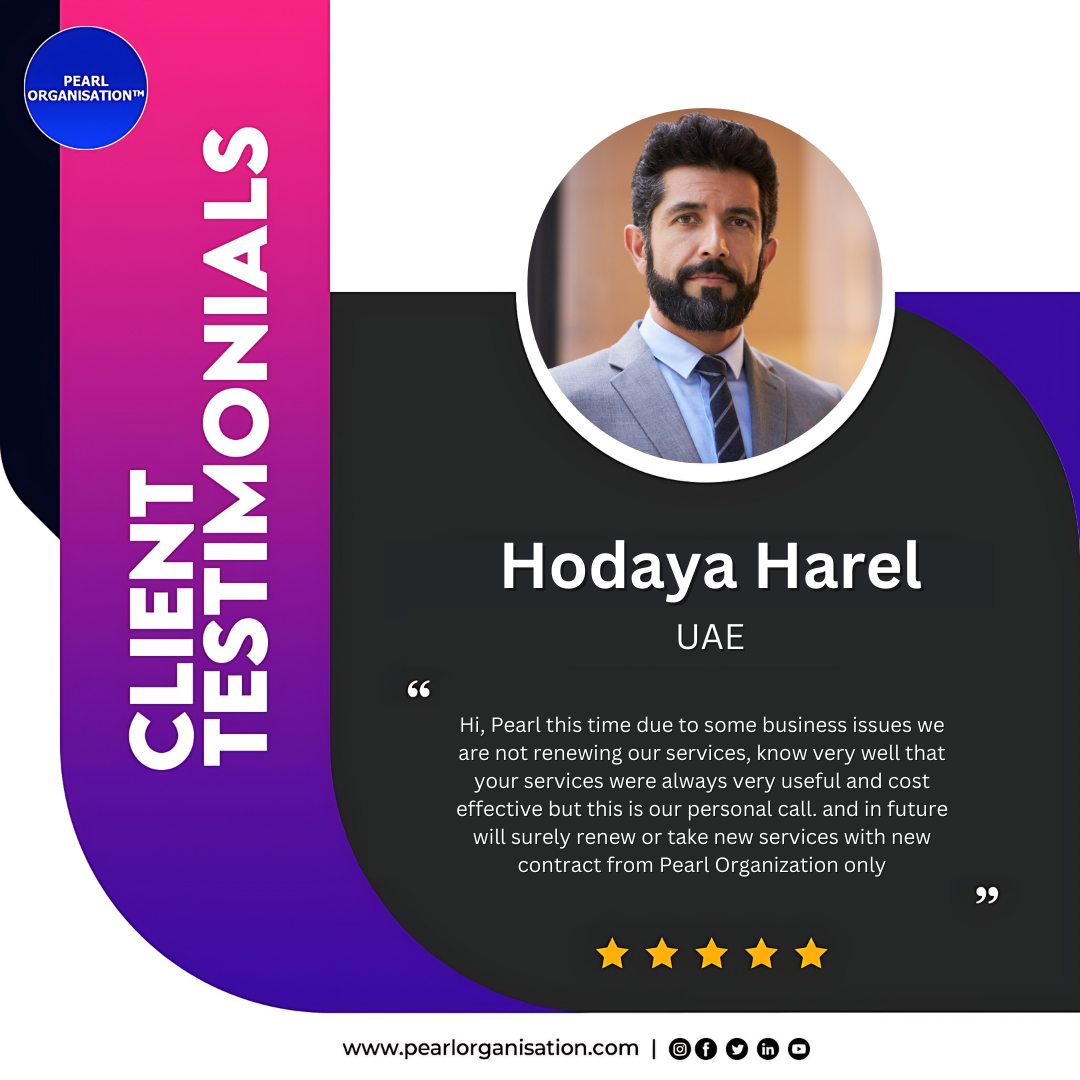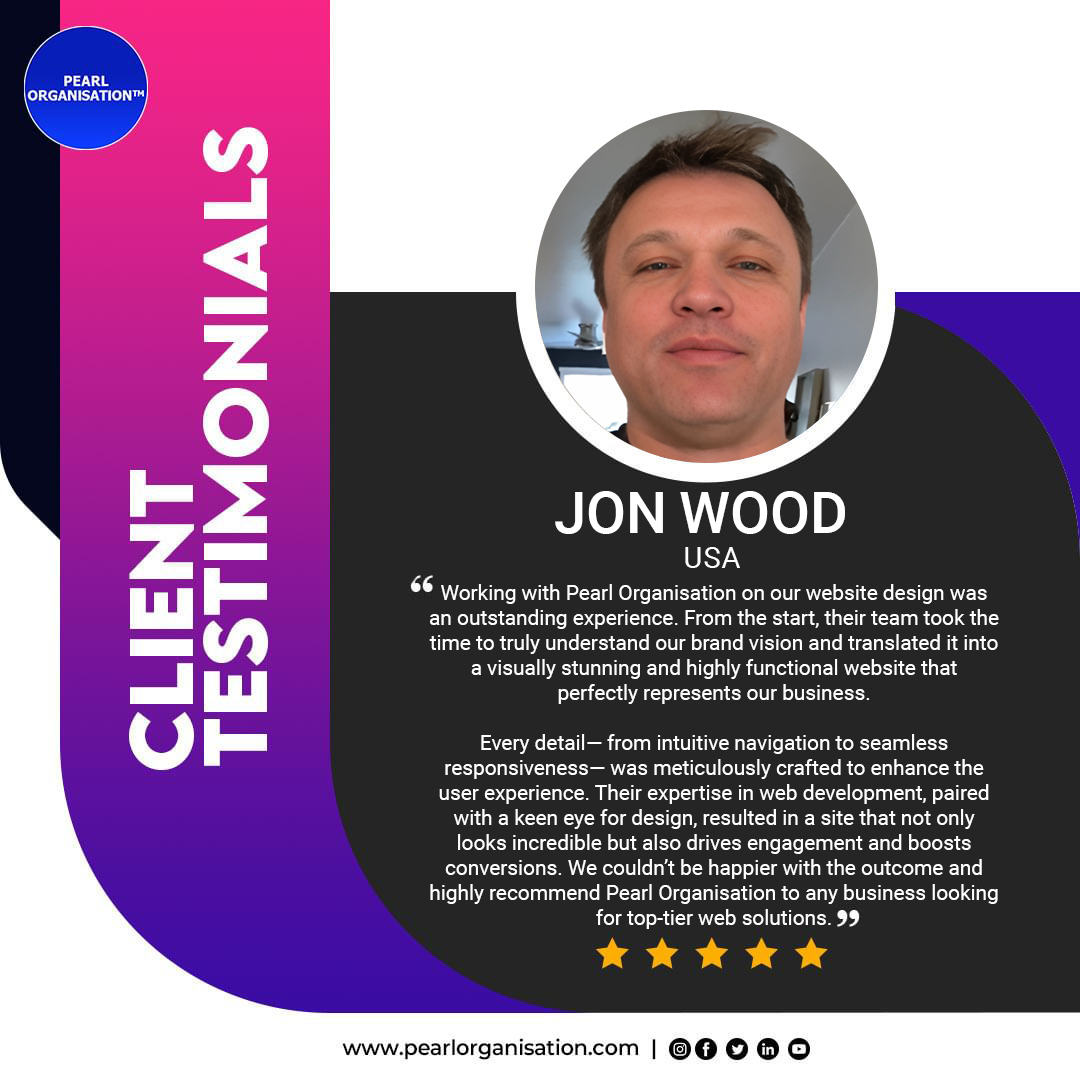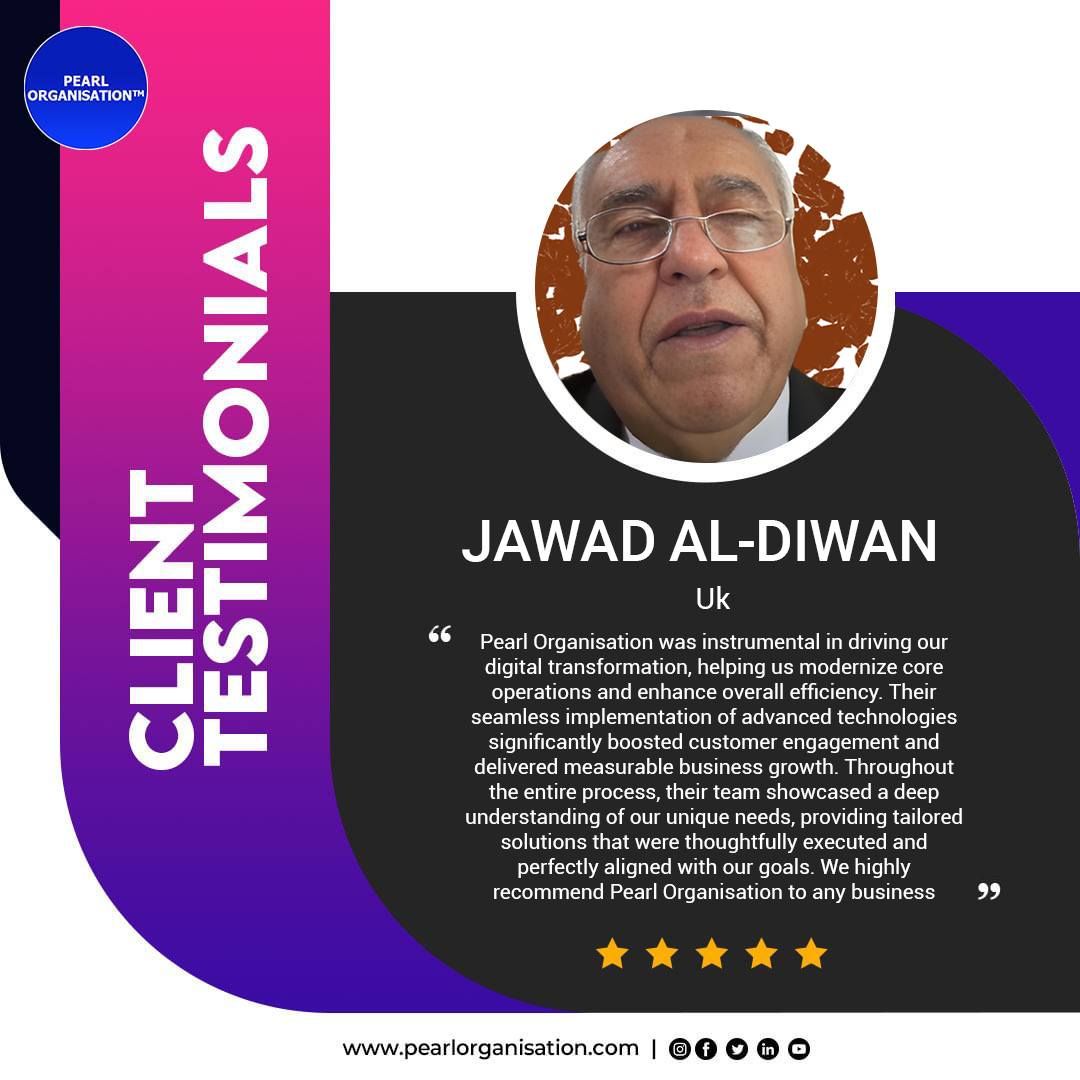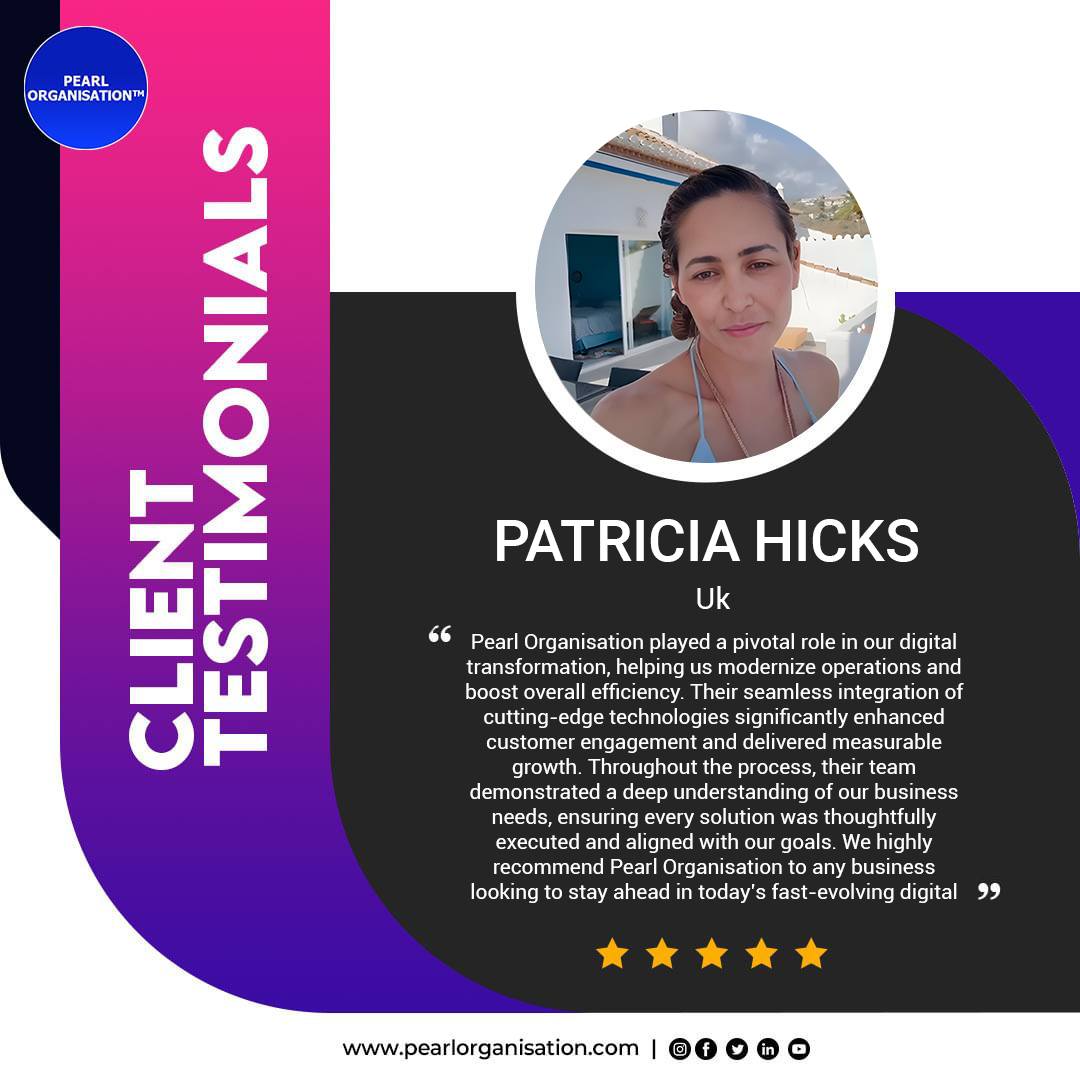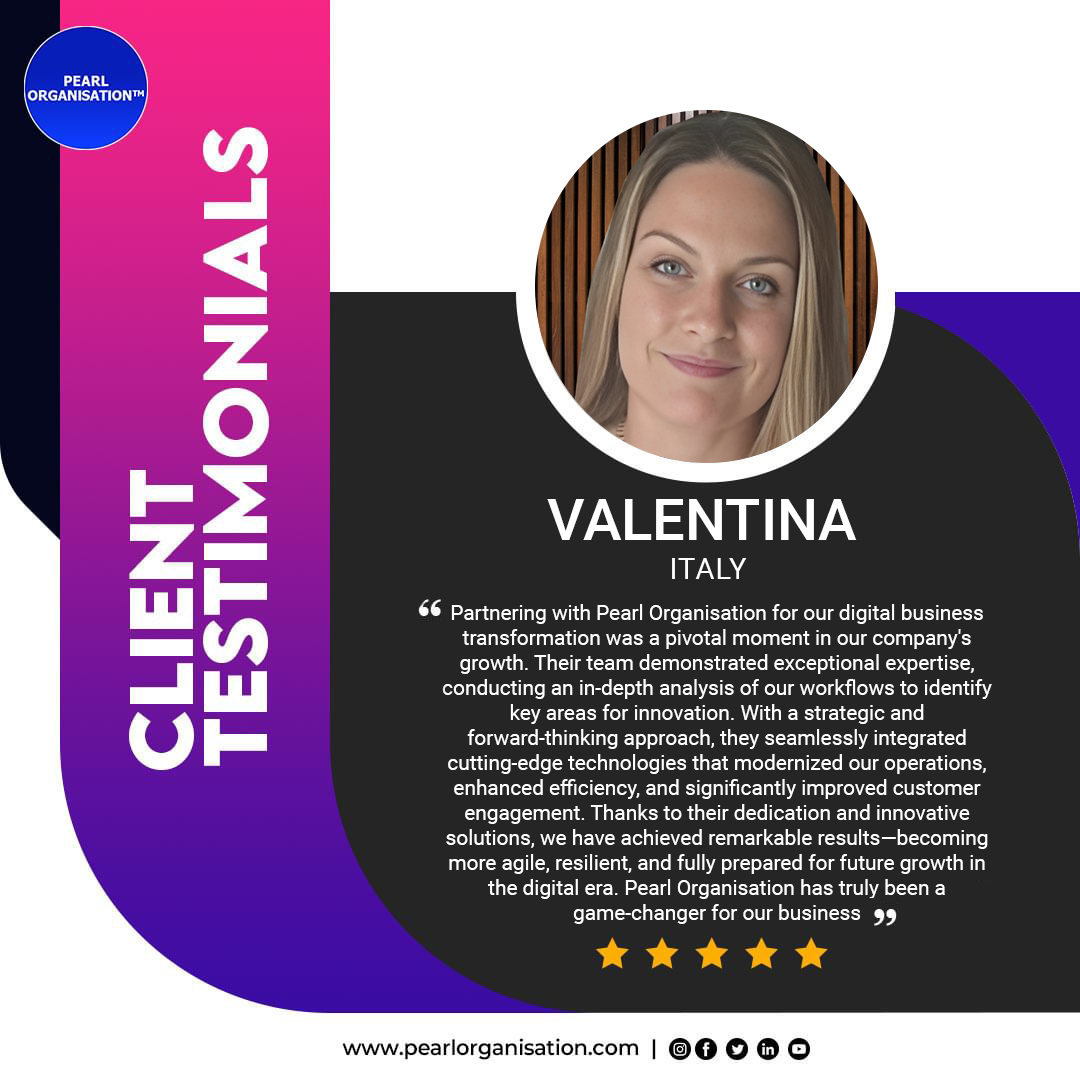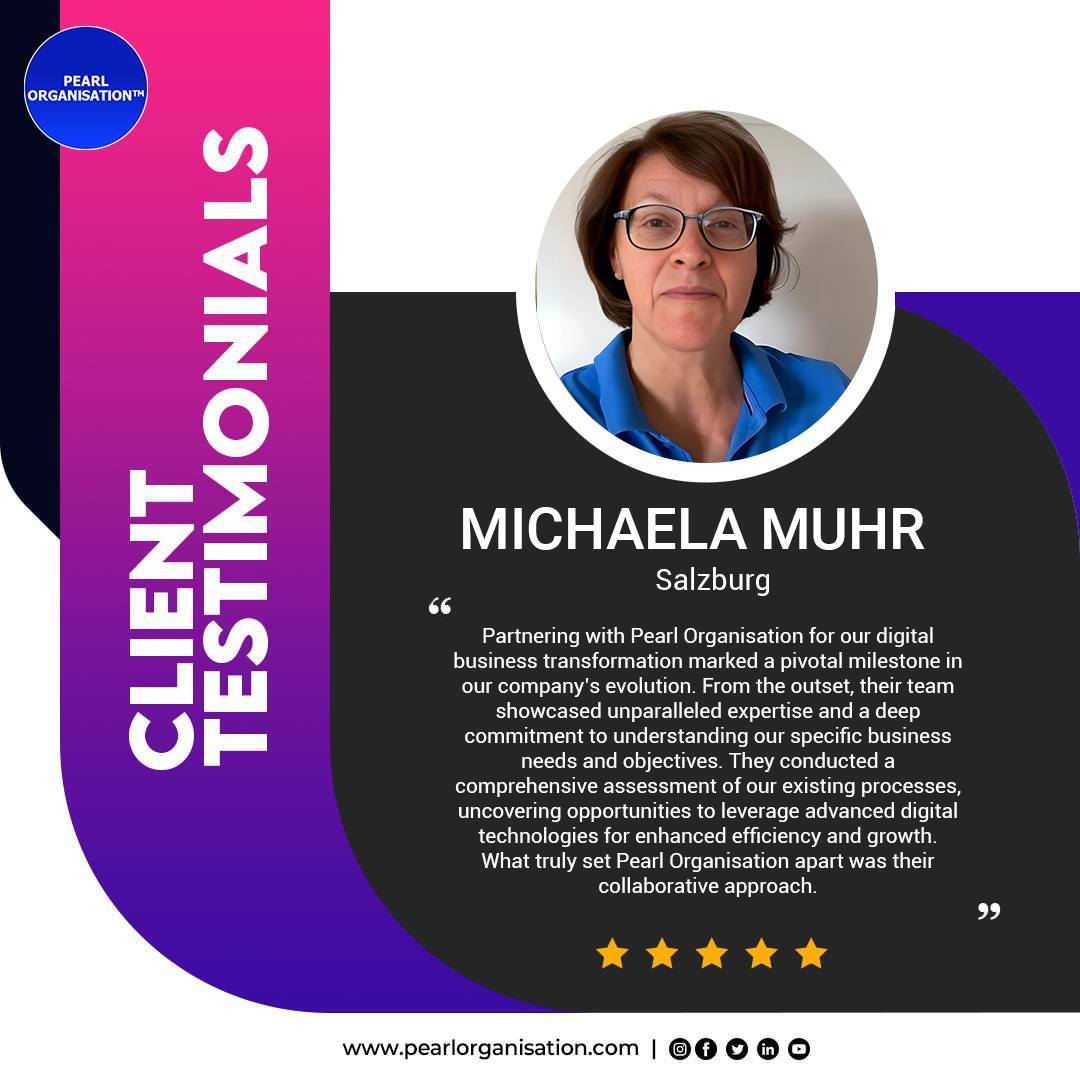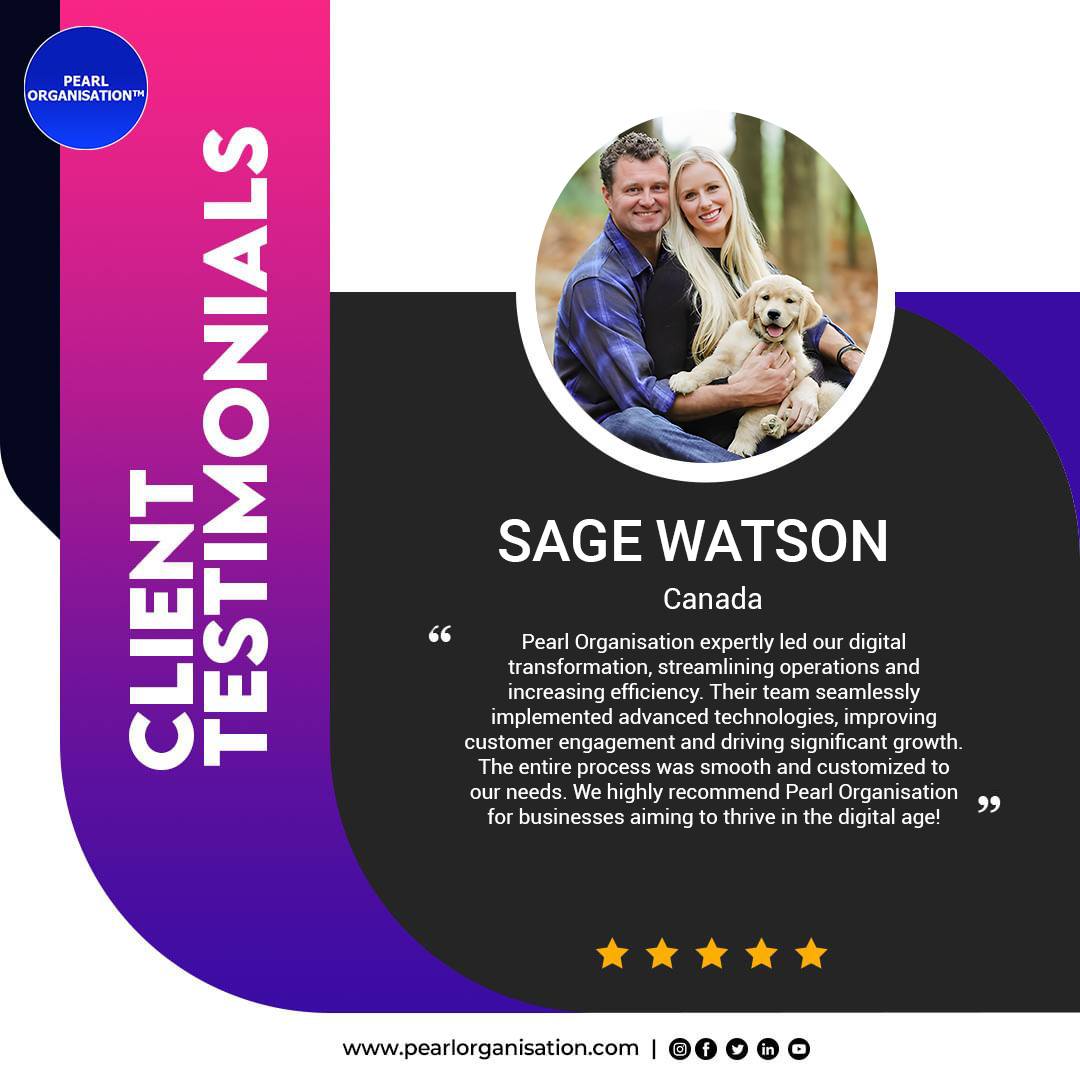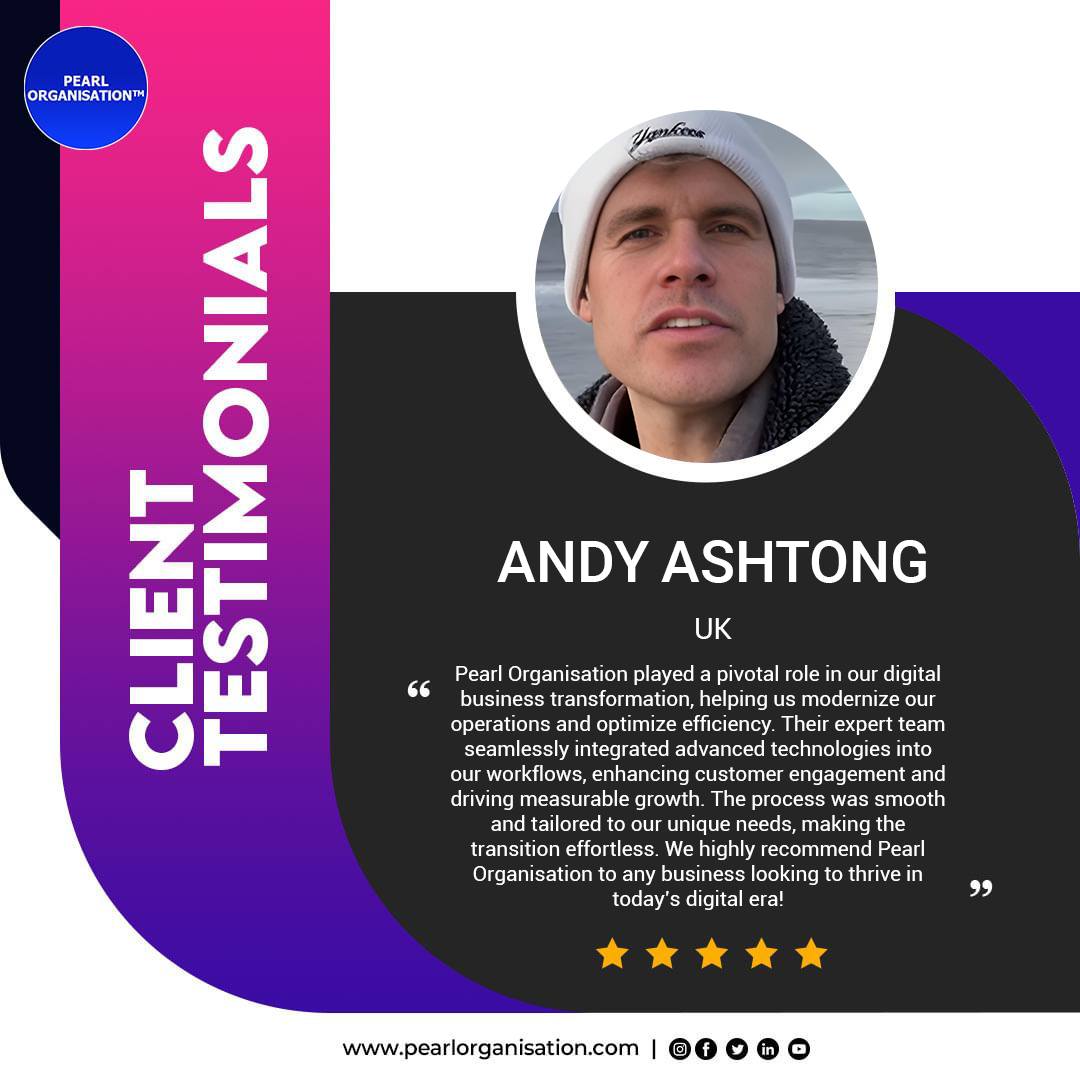Composable Architecture: The Future of Scalable App Development
- Larrisa

- May 23
- 6 min read

In a digital era where agility is non-negotiable and customer expectations evolve in real time, traditional monolithic app architectures are no longer enough. Enterprises need development frameworks that are flexible, scalable, and future-proof — and that’s where Composable Architecture takes center stage.
At Pearl Organisation, we are pioneering the shift toward Composable App Development by empowering businesses to build modular, API-first, and agile digital ecosystems that scale with innovation, not against it.
This article explores how composable architecture is shaping the future of application development — and how your business can benefit.
🧱 What Is Composable Architecture?
Composable architecture is an application development approach based on the principle of modularity — where software is built from interchangeable, independently deployable components.
Unlike monolithic apps, where all functionalities are tightly coupled, composable apps consist of micro frontends, modular APIs, headless services, and event-driven systems — working together through standard interfaces.
💡 Key Pillars of Composable Architecture
1. Modularity
Each functionality (auth, billing, product catalog, notifications) is a standalone unit or service.
2. API-First Design
Every service or module communicates via well-documented APIs, ensuring interoperability.
3. Cloud-Native Scalability
Services are containerized and deployed on cloud-native platforms (e.g., Docker + Kubernetes).
4. Headless Architecture
Frontends are decoupled from backends, enabling multiple UI layers (web, mobile, kiosk, etc.).
5. Orchestration over Integration
Orchestration platforms allow dynamic composition of services rather than hardcoded integration.
🚀 Why Composable Architecture Is the Future
✅ Faster Time-to-Market
Teams can deploy, test, or update individual components without affecting the entire system.
✅ Greater Flexibility
Easily swap or upgrade modules (e.g., replace a payment gateway or add a chatbot).
✅ Resilience and Fault Isolation
A failure in one microservice doesn’t crash the entire application.
✅ Personalized User Experiences
Frontends can be customized based on user segments without rewriting backend logic.
✅ Tech-Agnostic Approach
Use the best tool or language for each component (e.g., Node.js for backend, React for frontend, Python for AI).
🏗️ How Pearl Organisation Builds Composable Applications
At Pearl Organisation, our application development teams follow a composable-first engineering approach that ensures:
We develop scalable apps for eCommerce, ERP, SaaS, Finance, Logistics, and more — using composable architecture as the core foundation.
🔁 Composable vs Monolithic vs Microservices: What’s the Difference?
Feature | Monolithic | Microservices | Composable Architecture |
Codebase | Single, unified | Split into services | Modular across layers |
UI/UX Flexibility | Low | Medium | High (headless capability) |
Deployment Model | Full redeploy | Partial redeploy | Independent orchestration |
Change Management | High risk | Lower risk | Isolated & dynamic |
Integration Support | Limited | API-dependent | API + Event-driven |
Scalability | Harder | Easier | Seamless & on-demand |
🌍 Who Should Adopt Composable Architecture?
🔹 Startups
Quickly launch MVPs and scale modules as user base grows.
🔹 Enterprises
Modernize legacy systems and reduce technical debt with a phased migration strategy.
🔹 Digital Commerce Brands
Deliver personalized content, promotions, and checkout flows via headless frontends.
🔹 SaaS Companies
Enable multi-tenant, modular subscriptions where features can be toggled by plan.
🛠️ Technologies Powering Composable Apps at Pearl Organisation
📈 Real-World Impact of Composable App Development
🛒 Retail Brand
Pearl Organisation helped a multi-brand fashion retailer build a composable commerce platform. The result?
68% faster feature deployment
40% increase in user engagement
Real-time inventory sync across app, POS, and warehouse
🏥 Healthcare SaaS
We migrated a monolithic health tech product to a modular app with EHR, scheduling, billing, and chatbot as separate services — reducing bugs and increasing monthly active users by 55%.
📌 Why Choose Pearl Organisation for Composable App Development?
🏆 7+ Years in Agile Digital Product Engineering
🔁 End-to-End: Strategy → Design → Development → Deployment
🌐 Global Clients in 150+ Countries
📱 Experience Across 1,500+ Application Domains
🛡️ SLA-Backed Quality + Post-Deployment Support
Whether you're building from scratch or modernizing your monolith, Pearl Organisation helps you unlock the full power of composable architecture.
📞 Ready to scale smarter with modular applications?
Frequently Asked Questions (FAQs) – Composable Architecture for App Development
1. What is composable architecture in application development?
Composable architecture is a software design approach where applications are built using independent, modular components that can be composed and recomposed based on business needs. Each module (e.g., payments, user auth, product listing) can function and scale independently, enabling faster innovation, better performance, and increased flexibility.
2. How is composable architecture different from microservices?
While both aim for modularity, microservices focus on backend logic and service decomposition, whereas composable architecture spans frontend (micro frontends), backend services, APIs, and orchestration layers. Composable apps combine microservices with API-first and headless UI strategies, allowing entire business capabilities to be reused like digital building blocks.
3. What are the business benefits of composable application development?
Key business advantages include:
🚀 Faster time-to-market for new features
🔁 Flexibility to swap or upgrade components
📦 Scalable development across multiple teams
🧩 Personalized experiences across platforms (web, app, kiosk, etc.)
🔒 Increased fault tolerance — issues in one module don’t crash the full app
💰 Cost savings through focused updates vs entire app rebuilds
4. Is composable architecture only for large enterprises?
Not at all. While enterprises use it to modernize legacy systems, startups and mid-sized businesses benefit greatly too — especially those launching MVPs, needing rapid prototyping, or targeting multi-channel user interfaces. At Pearl Organisation, we help businesses of all sizes adopt composable principles tailored to their growth stage.
5. Which industries can benefit most from composable app development?
Industries that need rapid innovation, personalized experiences, or omnichannel presence benefit most. These include:
6. What technologies are used in composable architecture at Pearl Organisation?
We use a modern stack built on:
7. Can I migrate my existing monolithic app to a composable structure?
Yes. Pearl Organisation offers monolith-to-composable migration services, where we:
Audit your existing app
Identify reusable services
Break down features into modular services
Rebuild APIs and decouple frontends
Deploy in stages to reduce risk
This approach is ideal for legacy applications needing modernization without a full rewrite.
8. What is a micro frontend and how does it fit into composable apps?
A micro frontend is a frontend component or UI module that functions independently and can be developed, deployed, and updated separately. It allows teams to build and scale UI components independently, reducing frontend bottlenecks. In composable apps, multiple micro frontends can run on a single screen — e.g., user profile, cart, and recommendations, all served from separate teams.
9. Does composable architecture support headless CMS and commerce?
Absolutely. Headless systems like Strapi, Contentful, Shopify Plus, or BigCommerce work seamlessly in composable environments. Your UI (web/app) connects via APIs to content or commerce platforms, giving you total control over the user experience and performance — especially across devices or geographies.
10. Is composable architecture secure?
Yes. In fact, composable apps can be more secure, as individual services are isolated and can follow zero-trust policies. Pearl Organisation follows best practices like:
11. How scalable is a composable application?
Extremely scalable. Each component or microservice can be individually scaled based on load, eliminating the need to scale the whole app. For example, if your product catalog gets high traffic, only that module can auto-scale via Kubernetes, optimizing cost and performance.
12. Does composable development increase project complexity?
Initially, yes — it requires strategic planning, API design, and service management. However, the long-term benefits in maintainability, performance, reusability, and agility far outweigh the initial complexity. Pearl Organisation mitigates this through architecture blueprints, API design standards, orchestration layers, and post-deployment support.
13. Can Pearl Organisation manage the full lifecycle of a composable app?
Yes. We offer end-to-end services, including:
Product strategy & UI/UX design
API-first & microservice development
Cloud-native deployment
CI/CD integration
Monitoring & DevOps support
Training & documentation
Our goal is to deliver scalable, modular digital products that are easy to evolve and expand.
14. What is the typical timeline to build a composable application?
Timelines vary by scope:
MVP or single-module: 3–5 weeks
Multi-module app (3–5 services): 6–8 weeks
Enterprise-level platform: 10–14+ weeks
All timelines include planning, development, testing, and deployment. Pearl Organisation works on agile sprints for quicker delivery and stakeholder feedback loops.
15. Where can I request a demo or consultation?
You can book a composable app development consultation through:





























